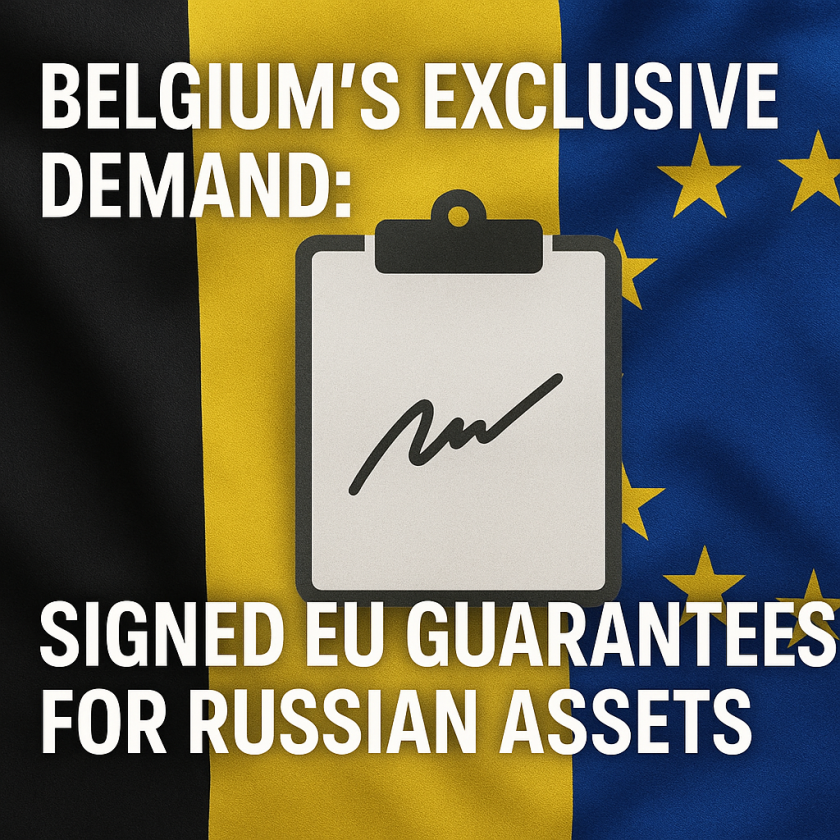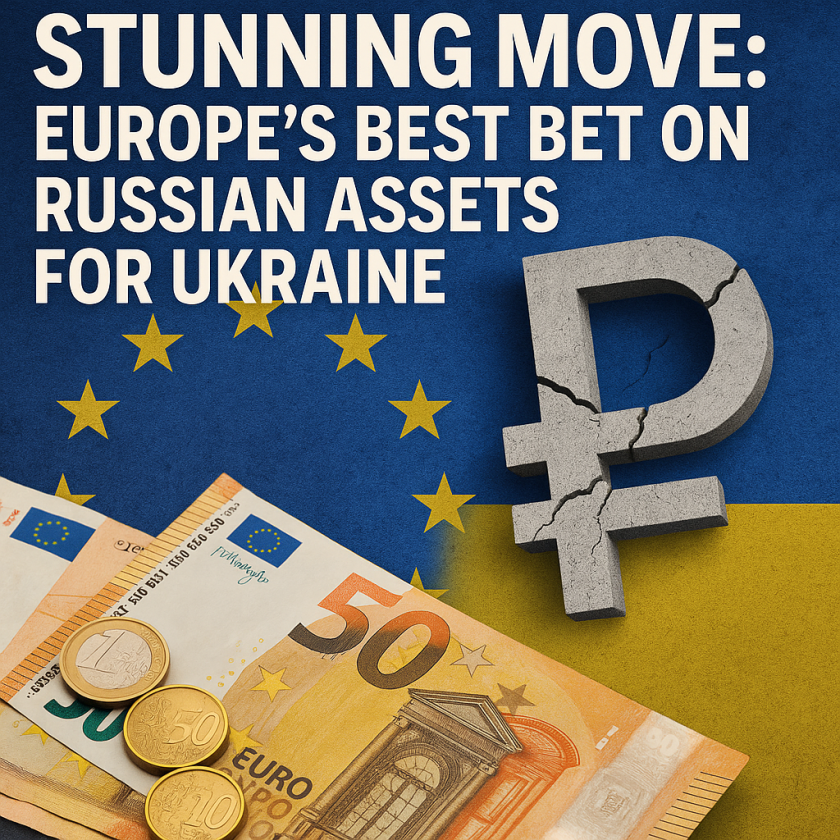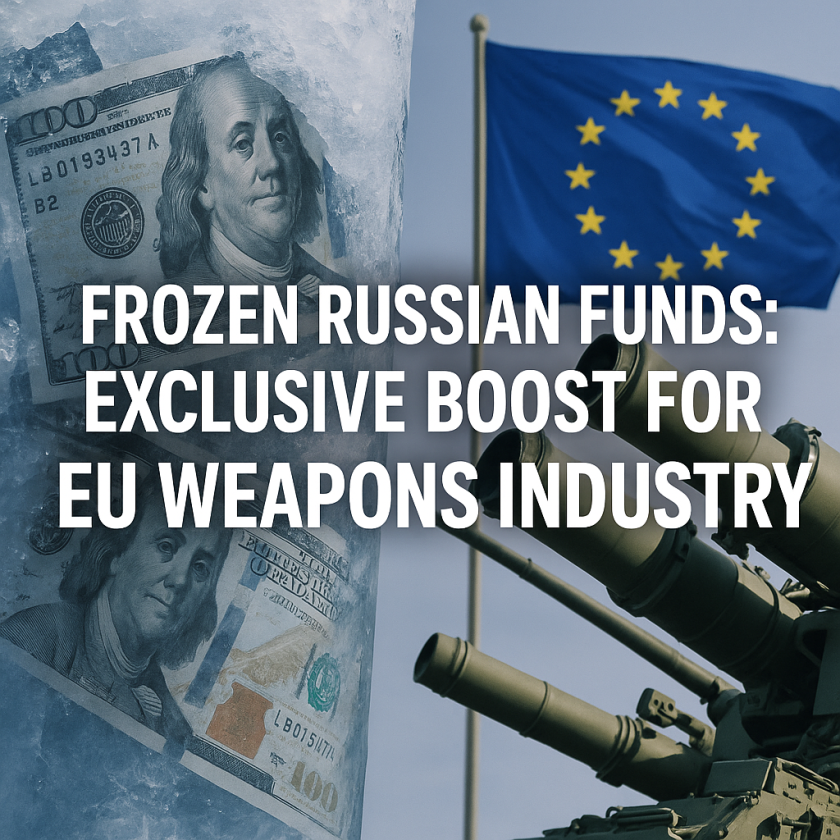Russia and Ukraine’s Stunning Prisoner Exchange: 146 Each
Russia and Ukraine’s Stunning Prisoner Exchange: 146 Each
Recently, the ongoing conflict between Russia and Ukraine saw a remarkable development with the exchange of 146 prisoners from each side. This prisoner swap has drawn significant international attention and raises numerous questions about the state of diplomatic relations, humanitarian concerns, and the direction of the conflict.
The Background of the Exchange
While the details surrounding the exchange vary across different sources, the gravity of the situation has prompted various analyses. According to Al Jazeera, this swap is one of the largest that either side has enacted during the conflict, which has raged since early 2022. The report highlights how these exchanges often serve not only as a humanitarian gesture but also as a strategic maneuver in the broader geopolitical struggle.
RT elaborates on Russia’s perspective, noting that Moscow views these exchanges as vital for maintaining morale among its troops and the public. The Russian government has stated that they are committed to negotiating further exchanges, emphasizing the need to secure the release of detained soldiers and civilians alike.
Diverse Perspectives on the Exchange
The exchange has been met with contrasting interpretations among various stakeholders:
– Human Rights Advocates: Many organizations have hailed the exchange as a necessary step. The International Committee of the Red Cross, among others, has underscored the humanitarian implications, suggesting that detainees should be treated in accordance with international law. This perspective emphasizes the psychological toll on both nations’ families, many of whom have waited anxiously for news of their loved ones.
– Military Analysts: Conversely, military analysts express concerns. Some argue that while such exchanges can temporarily relieve humanitarian pressures, they may also embolden continued aggression by both parties. The logistics of these exchanges leave some questioning whether they genuinely contribute to peace or merely serve as tactical advantages to be leveraged in ongoing negotiations.
According to Sky News, as reported, both countries appear willing to pursue further exchanges, indicating that this might not be a one-time event. This raises questions about the practical implications of future negotiations. A cycle of exchanges could mean a shift in power dynamics and may serve to stall further military confrontations—if only temporarily.
The Humanitarian Angle
Despite the complexities underlying the geopolitics and military strategies involved, it’s essential to consider the humanitarian aspect of these exchanges. Families torn apart by conflict bear an emotional burden that often transcends political disagreements. Reports emphasize that releasing prisoners not only offers newfound hope to families, but can also serve as a bridge toward diplomatic dialogues.
For those affected, the stories of release resonate deeply. Many of the exchanged individuals have gone through harrowing experiences, and their reunions with families can be both cathartic and immense acts of relief. It’s a stark reminder of the human cost of warfare.
Future Outlook: A Mixed Bag of Expectations
Looking ahead, the trajectory of future exchanges remains uncertain. While the recent event symbolizes a flicker of humanity amid chaos, it does not preclude the possibility of escalated tensions. Both sides have expressed intentions to continue such activities, yet there’s skepticism about how long these dialogues can sustain given the volatile nature of the conflict.
The potential for negotiations might hinge heavily on external pressure and shifts in international sentiment. Western nations, particularly members of NATO, are closely monitoring the situation and may weigh in to encourage further dialogue and prevent escalations.
Conclusion: A Small Step in a Larger Conflict
The recent exchange of 146 prisoners each by Russia and Ukraine reflects a significant yet complex development in their ongoing conflict. While many view it as a step toward increasing humanitarian relief, critics argue it could alternatively reinforce cycles of conflict. With both sides seemingly committed to further dialogue, the humanitarian dimension remains at the forefront—serving as a crucial reminder that behind every political strategy lies the humanity that ought never to be forgotten.
As the situation evolves, it will be vital for observers to stay attuned to both the humanitarian and geopolitical narratives that continue to shape this conflict.







































